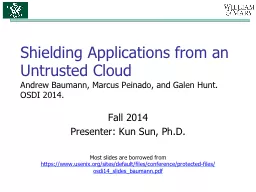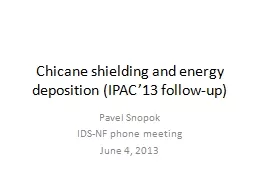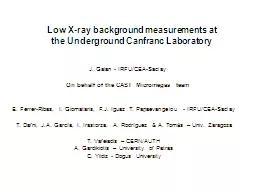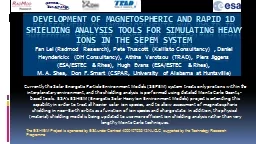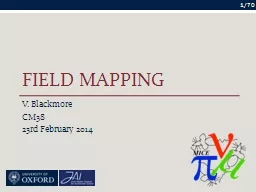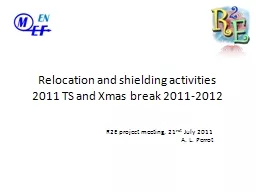PPT-Shielding Applications from an
Author : cheryl-pisano | Published Date : 2016-07-12
Untrusted Cloud Andrew Baumann Marcus Peinado and Galen Hunt OSDI 2014 Fall 2014 Presenter Kun Sun PhD Most slides are borrowed from httpswwwusenixorgsitesdefaultfilesconferenceprotectedfilesosdi14slidesbaumannpdf
Presentation Embed Code
Download Presentation
Download Presentation The PPT/PDF document "Shielding Applications from an" is the property of its rightful owner. Permission is granted to download and print the materials on this website for personal, non-commercial use only, and to display it on your personal computer provided you do not modify the materials and that you retain all copyright notices contained in the materials. By downloading content from our website, you accept the terms of this agreement.
Shielding Applications from an: Transcript
Download Rules Of Document
"Shielding Applications from an"The content belongs to its owner. You may download and print it for personal use, without modification, and keep all copyright notices. By downloading, you agree to these terms.
Related Documents

